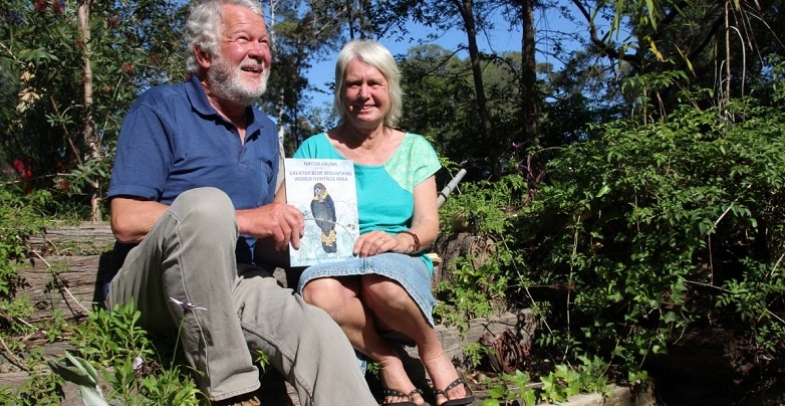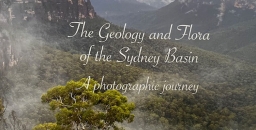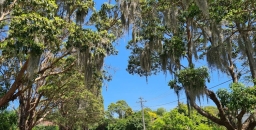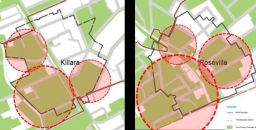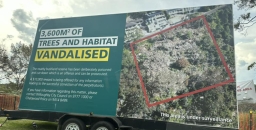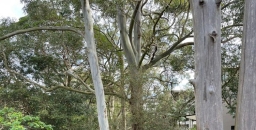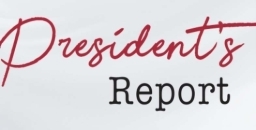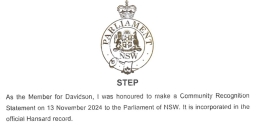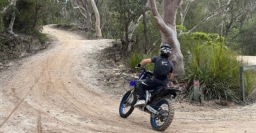While we may stand on a clifftop lookout and gaze in awe at its world-class sandstone scenery, it wasn't the scenery or the geology but the flora and fauna that pushed the Greater Blue Mountains over the line in its world heritage listing. In an era in which we are easily distracted by technology and worrying world events not to mention frantically busy lives, this book is a balm to the spirit and a timely reminder that we have on our doorstep a region that is unique and biologically rich, and must be preserved at all cost. The work was compiled by veteran Blue Mountains ecologists whose names many of you will recognise from their comprehensive botanical surveys of the Hornsby Shire and other wild areas of greater Sydney.
Native Fauna of the Greater Blue Mountains World Heritage Area is far from the first publication on the topic in the region of course, but it compiles for the first time in one volume all the mammals, reptiles, amphibians and birds that have been recorded in that vast and physically challenging area. It does this with many compact but excellent photos, and also with summary descriptions of sightings, key habit and habitat information and conservation status. Plus there is a full index and comprehensive reference list.
The impact of the book is further lifted however by more than 25 beautiful watercolours by Kate Smith. These not only are accurate representations of their subjects but have a pleasing softness that contrasts with the many sharply-defined photographs taken by Peter Smith. This is a must buy for anyone with an interest in Blue Mountains natural history and should sell at least many hundreds of copies. It's available in Blue Mountains bookshops and information centres (there are many) so buy a copy next time you're up there.
Judy, Peter and Kate Smith
P&J Smith Ecological Consultants
published 2019, 172 pp, full colour, $35
Review by John Martyn

